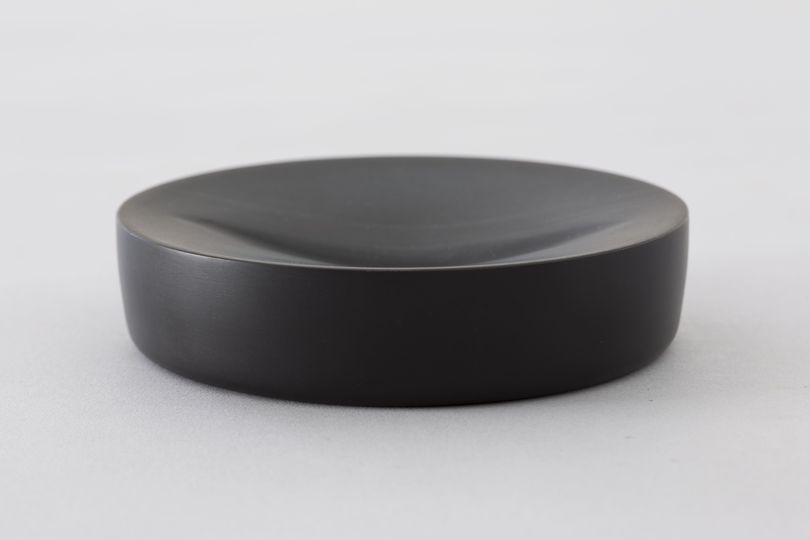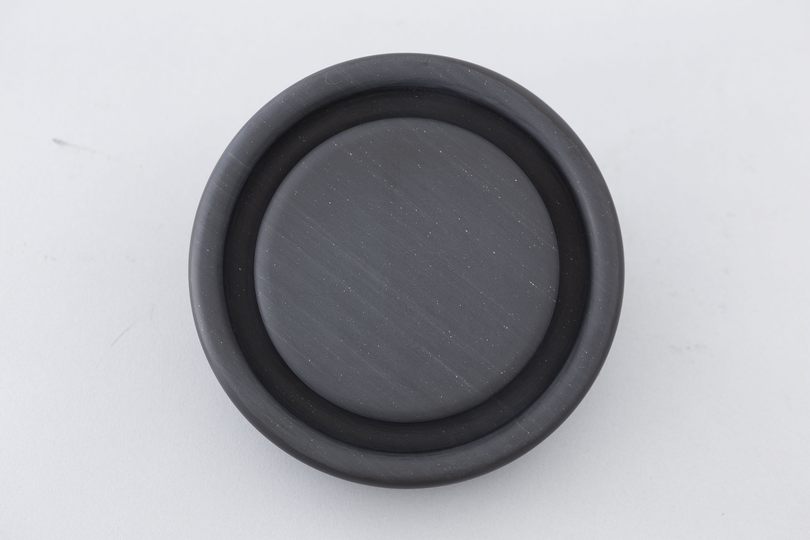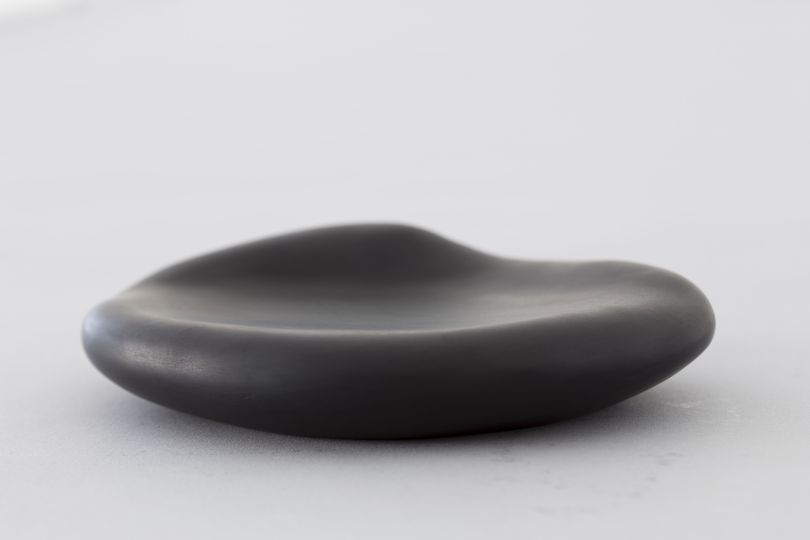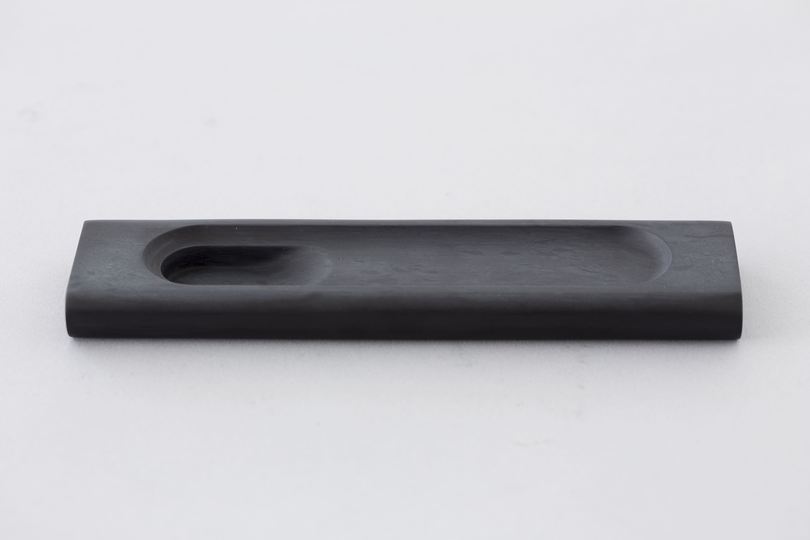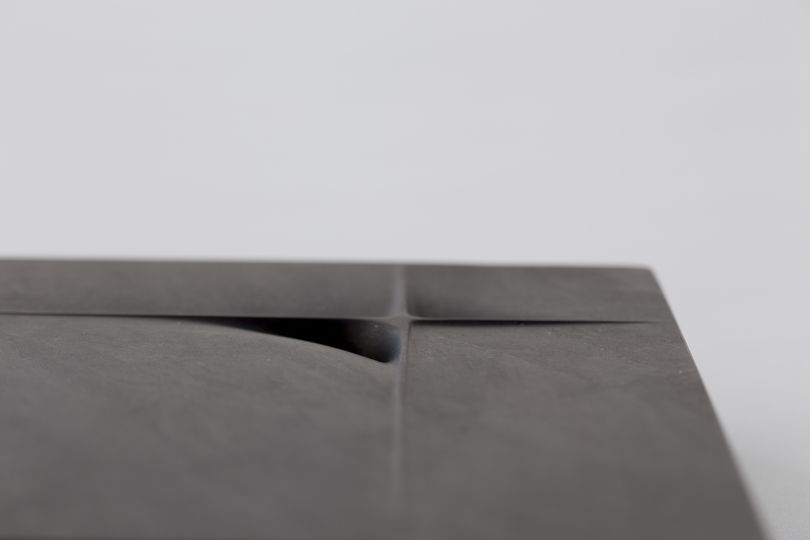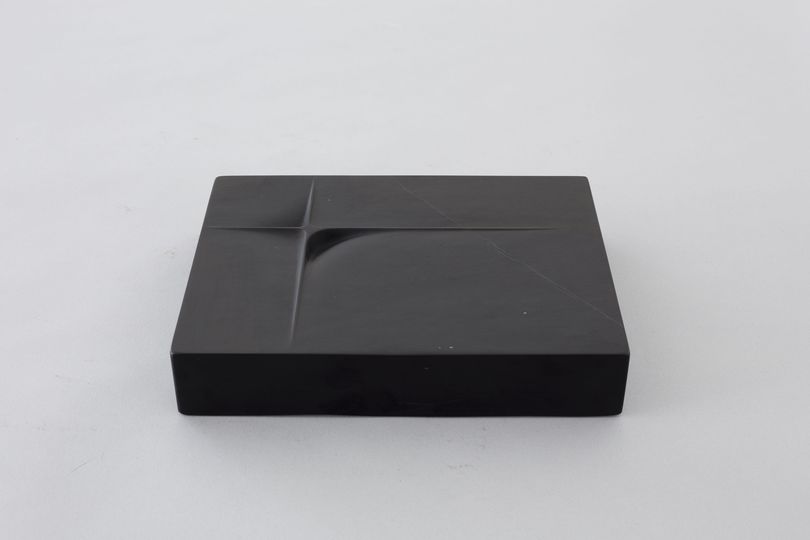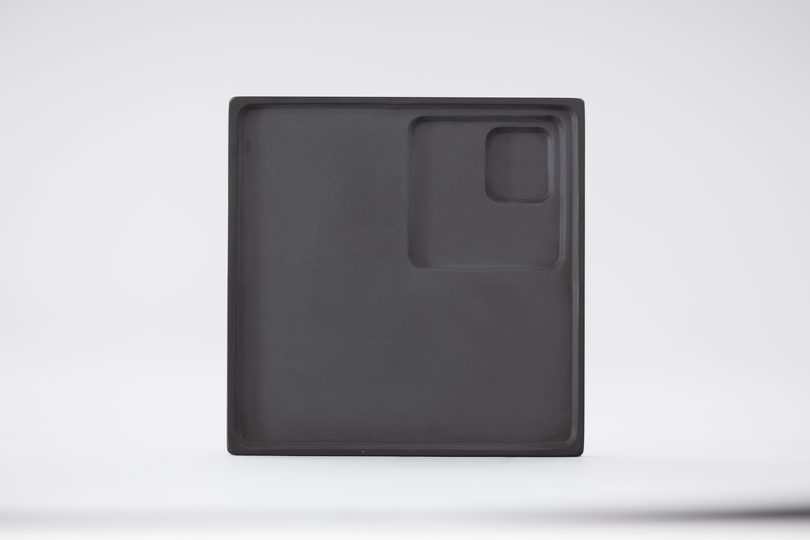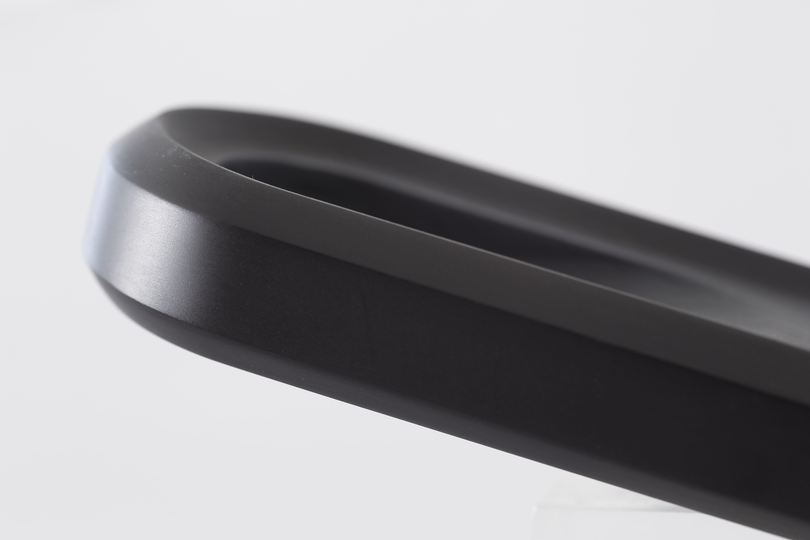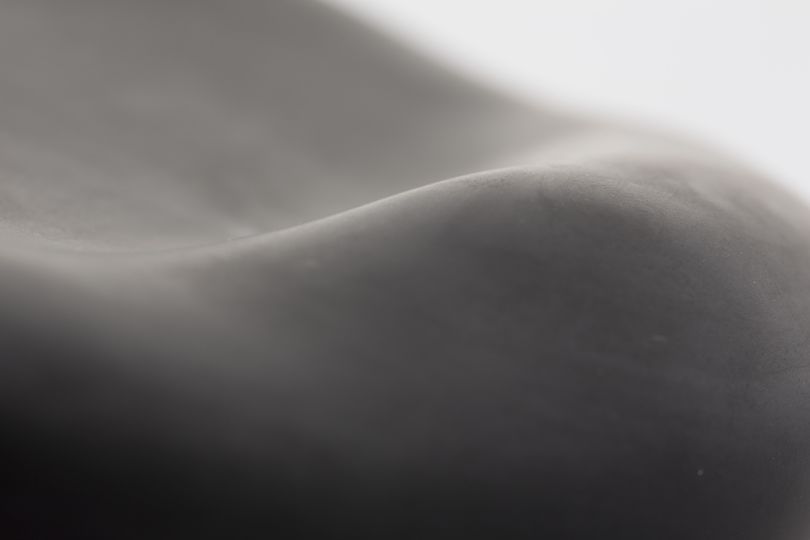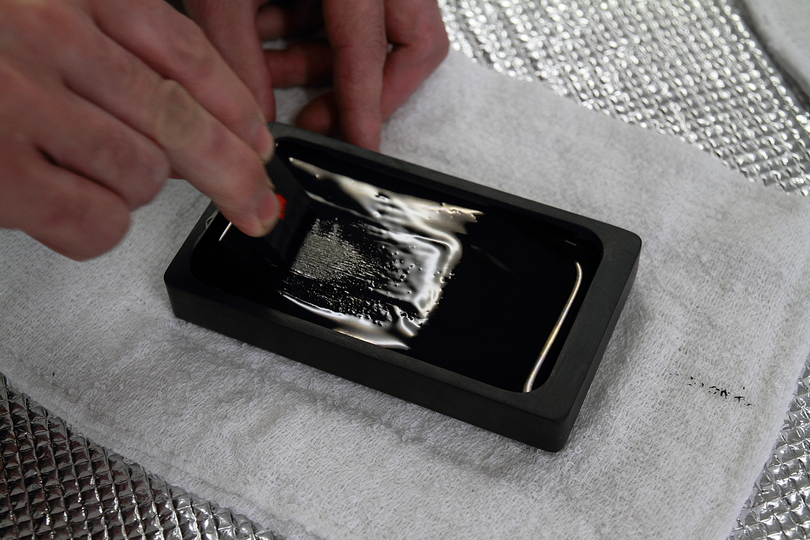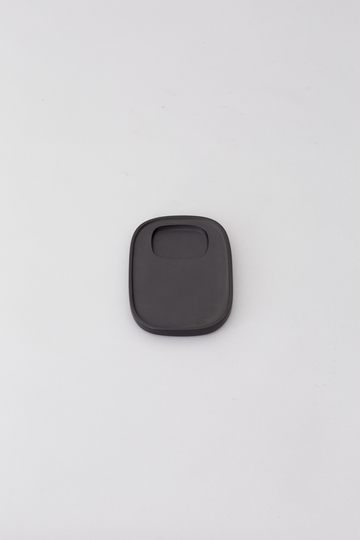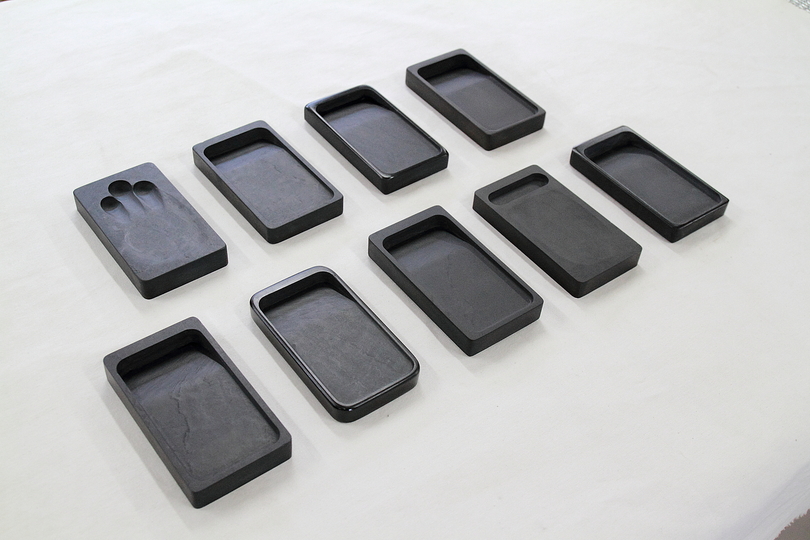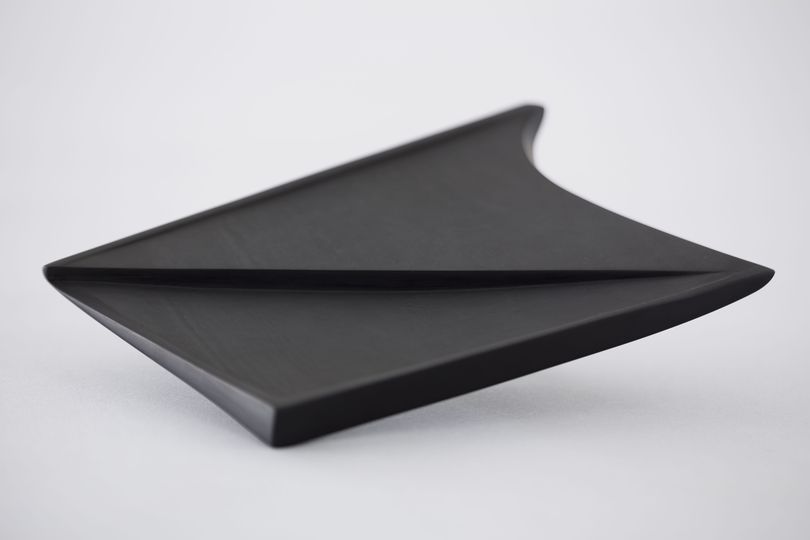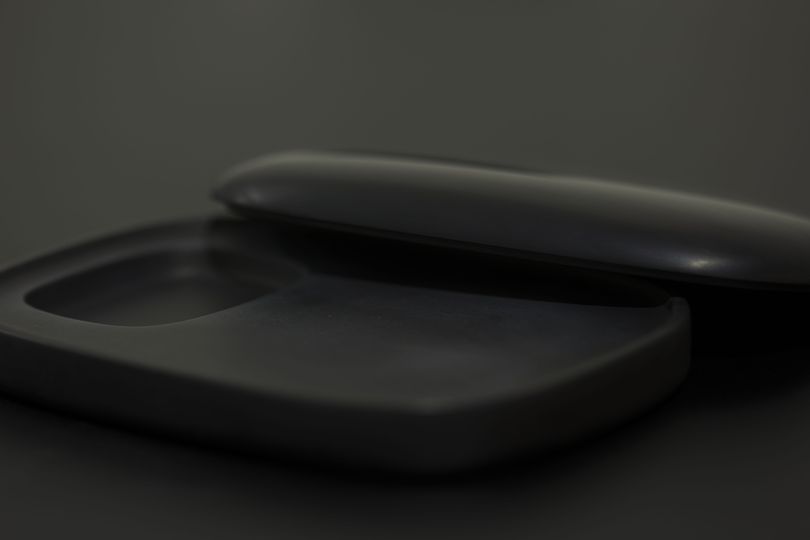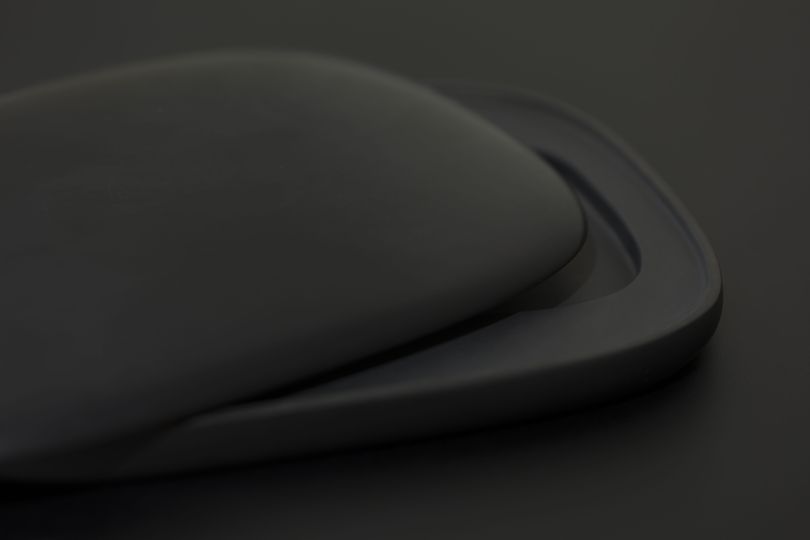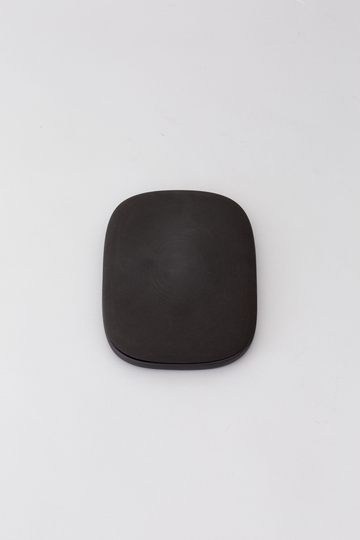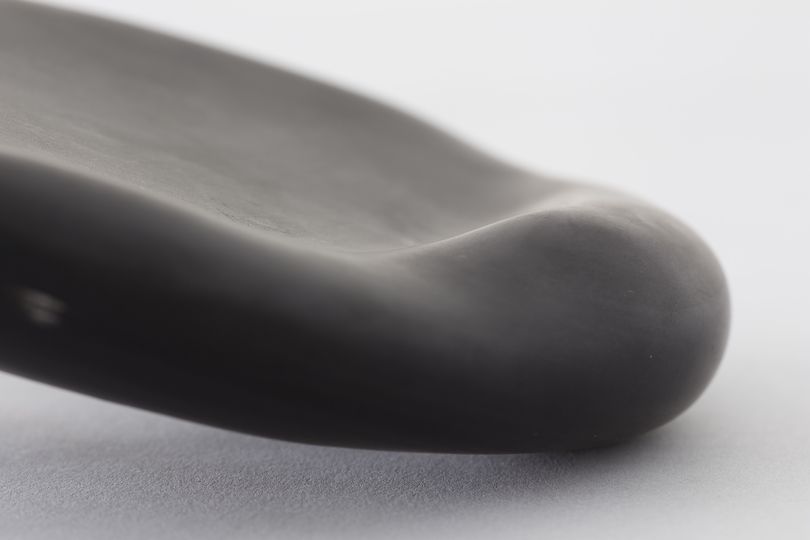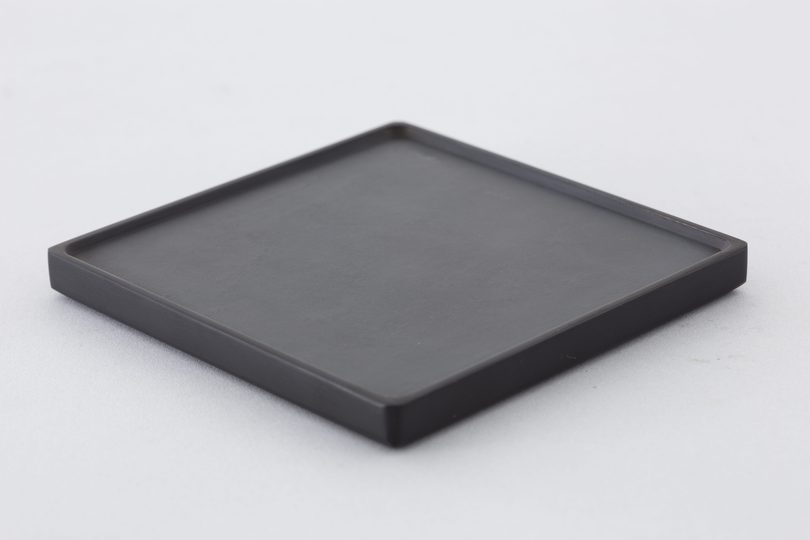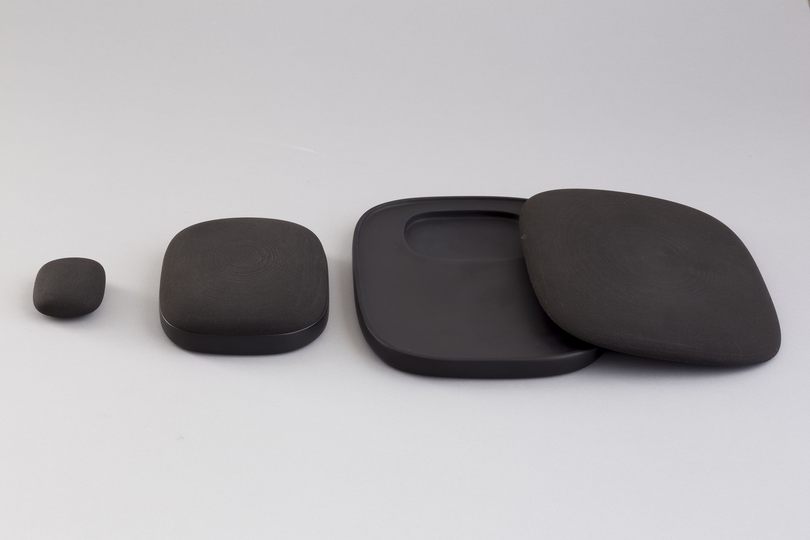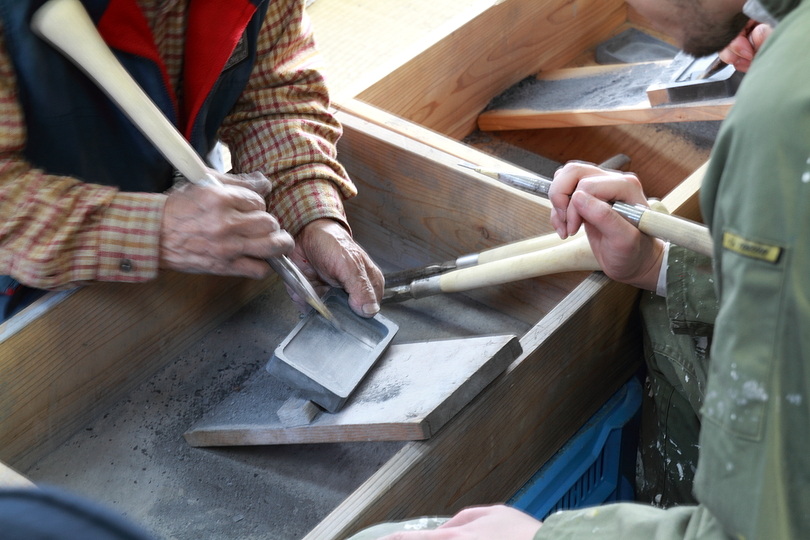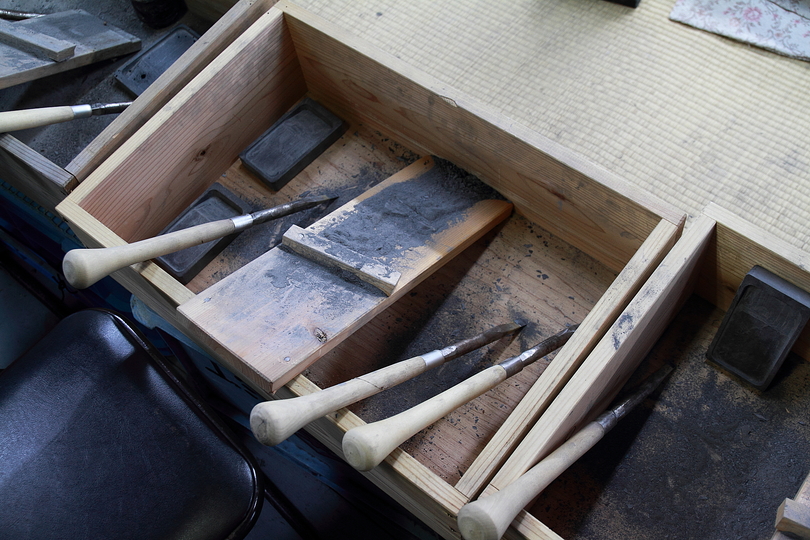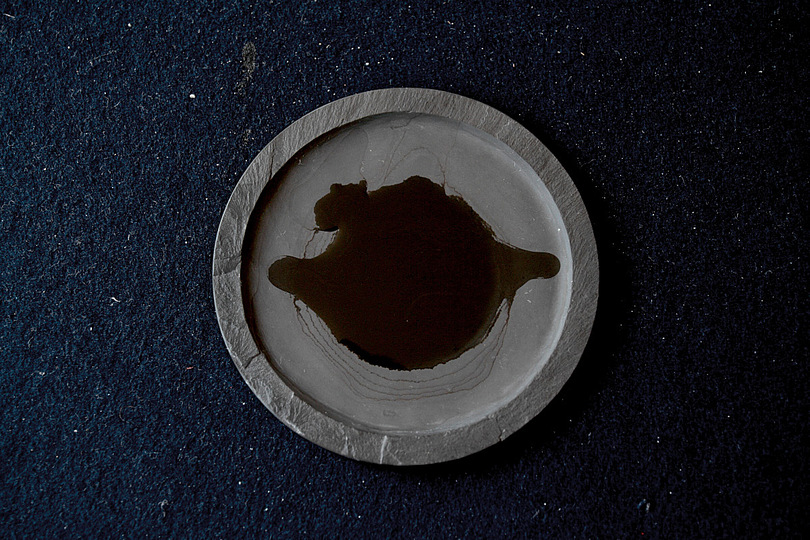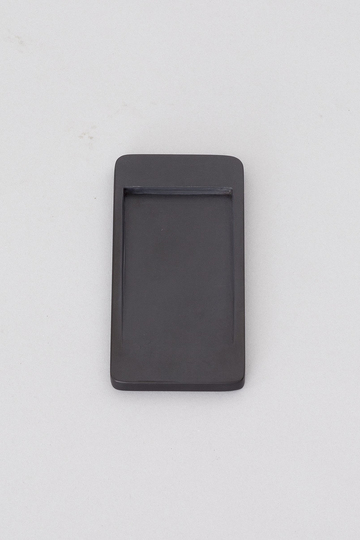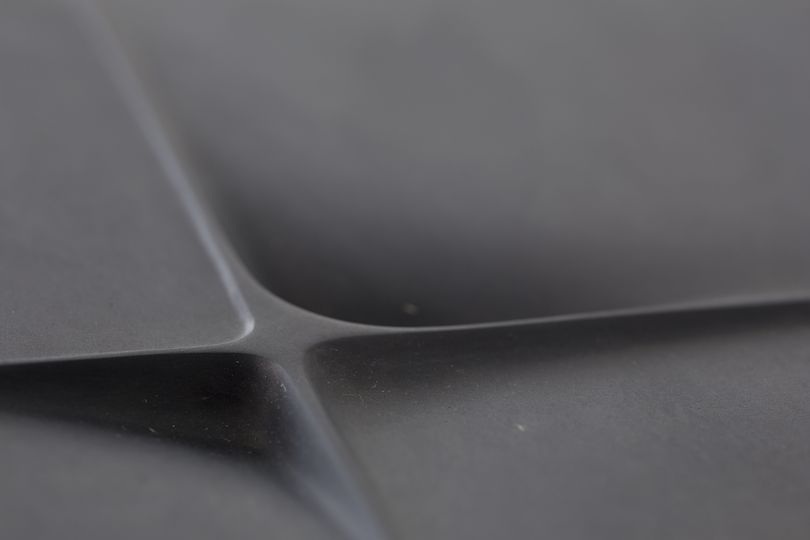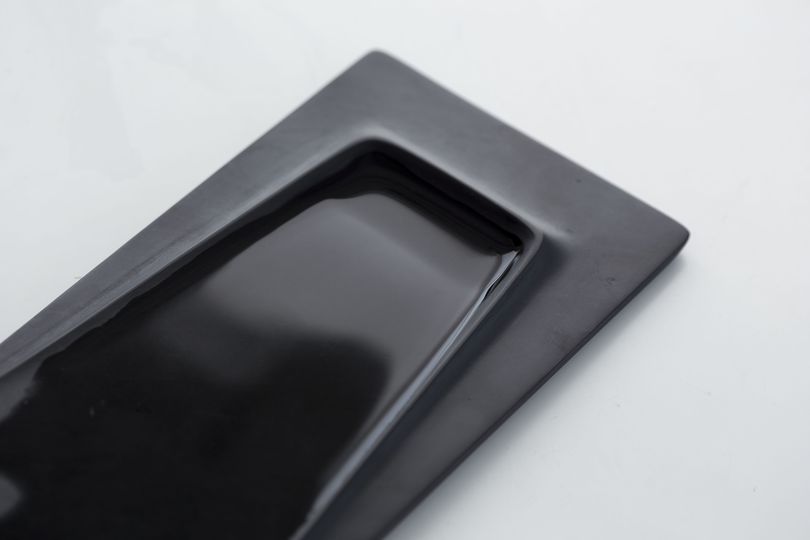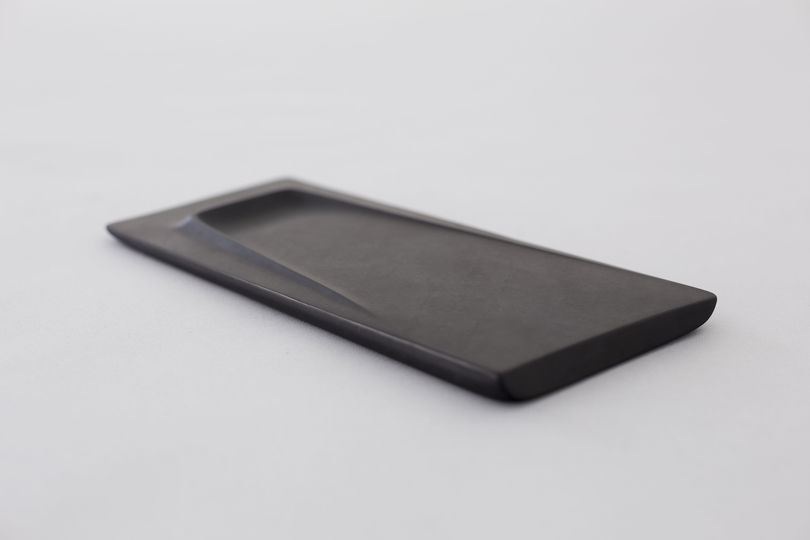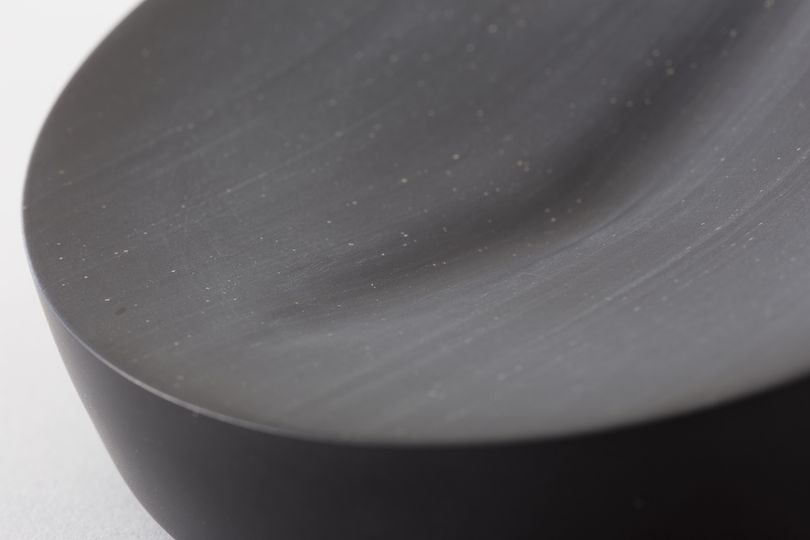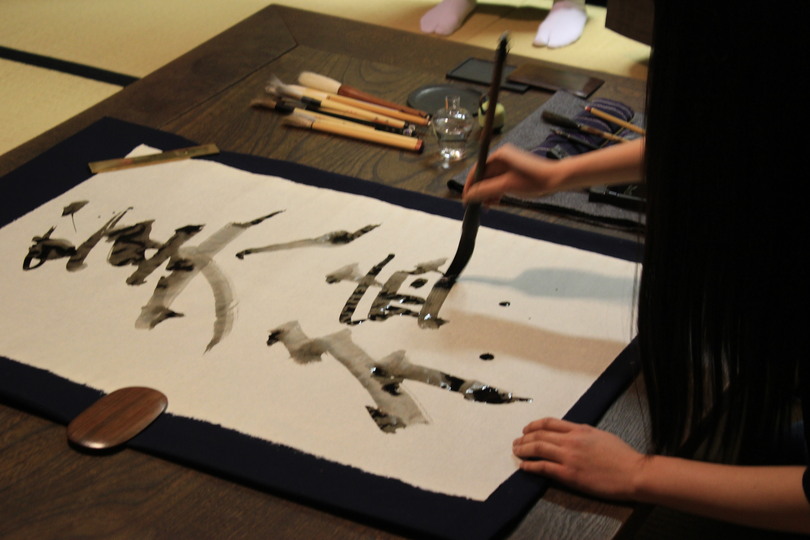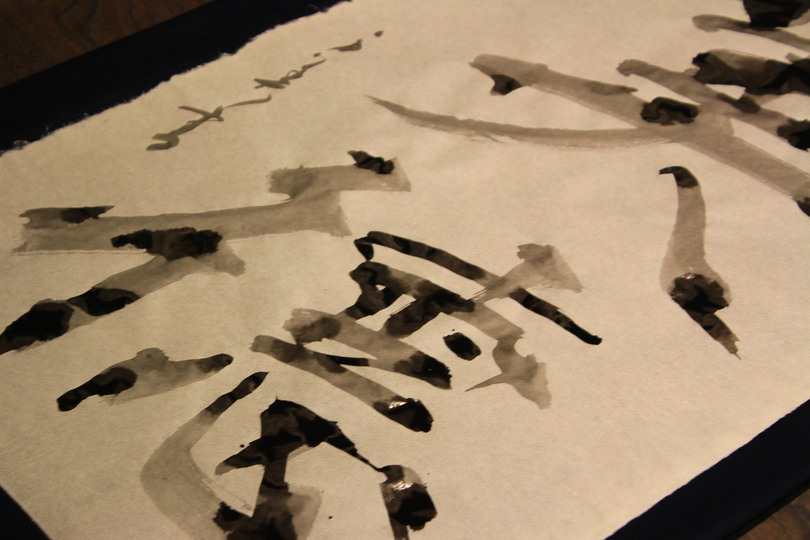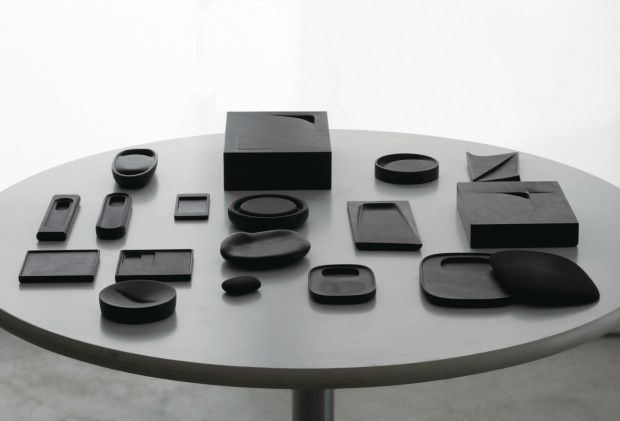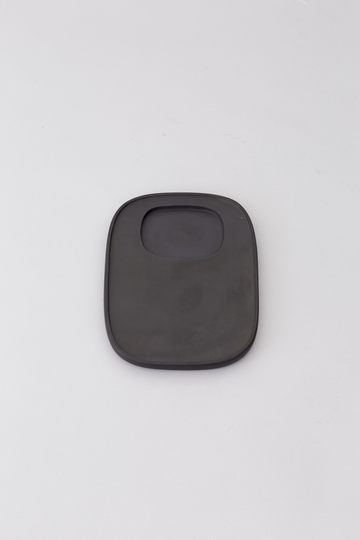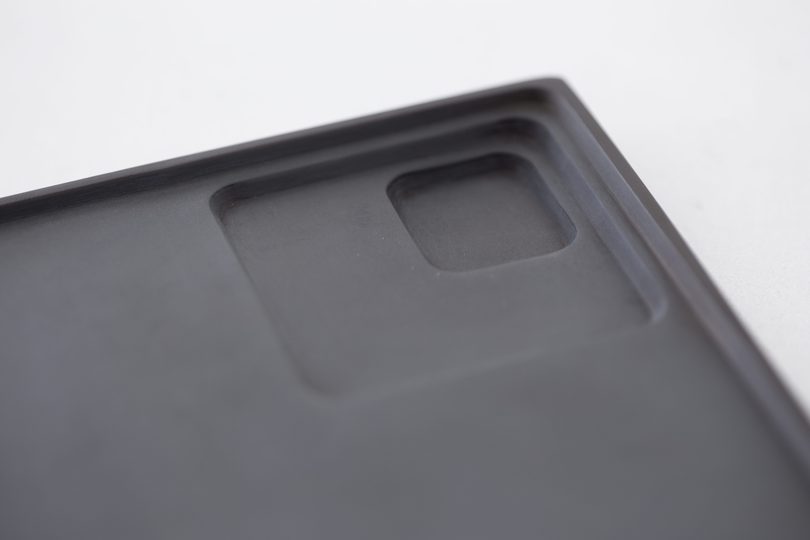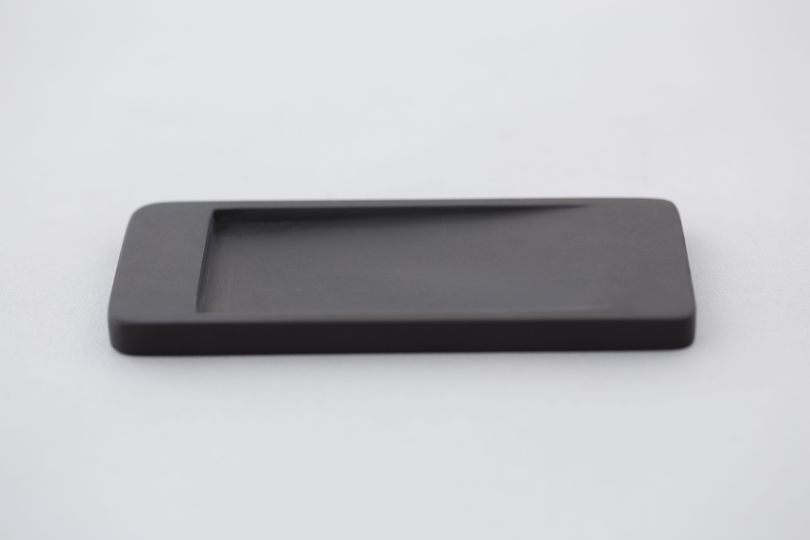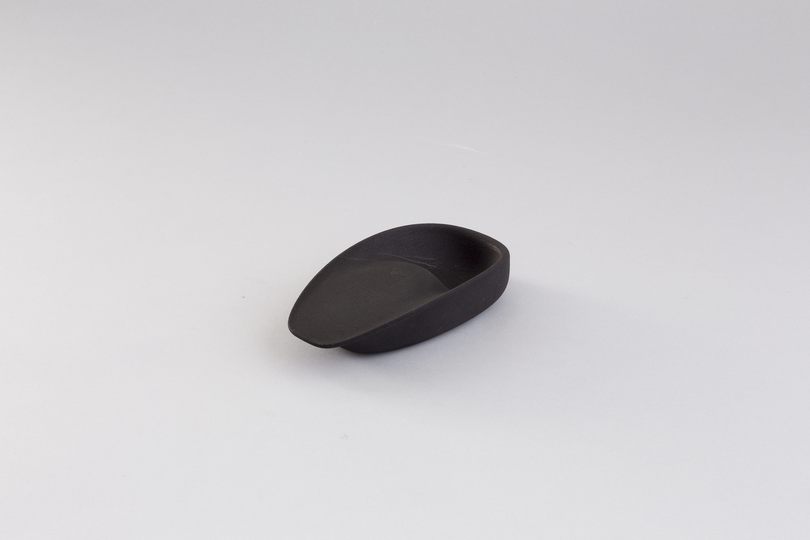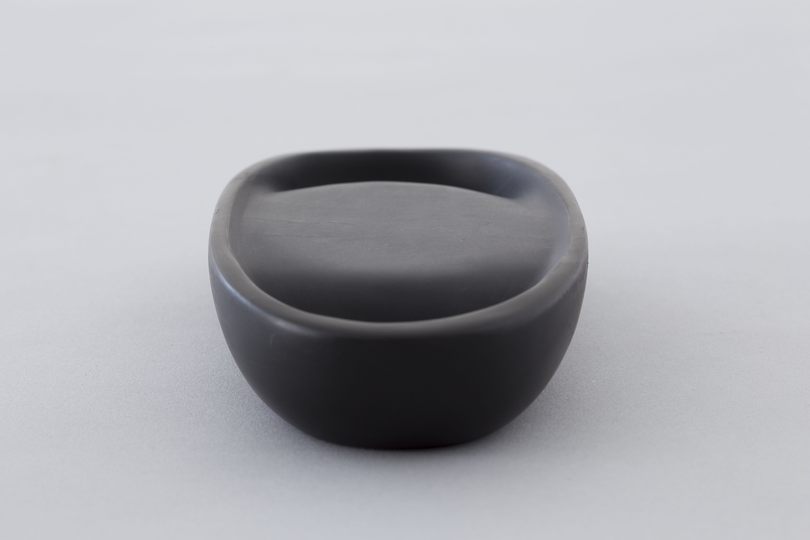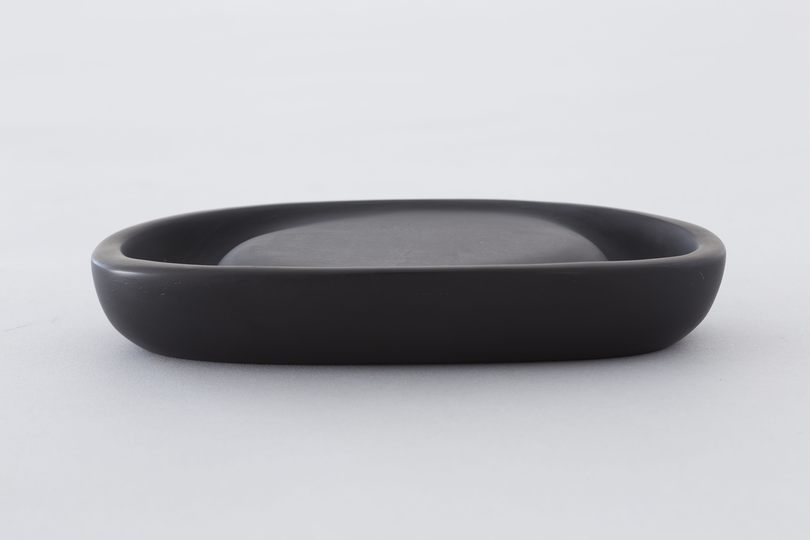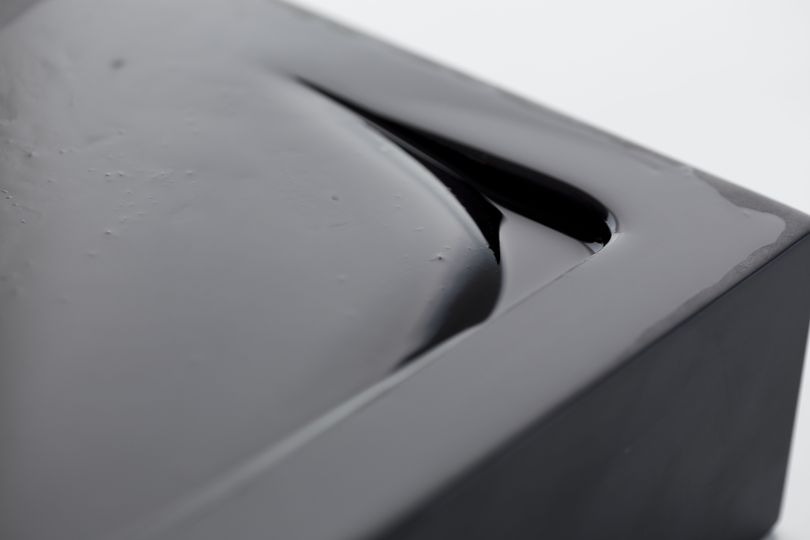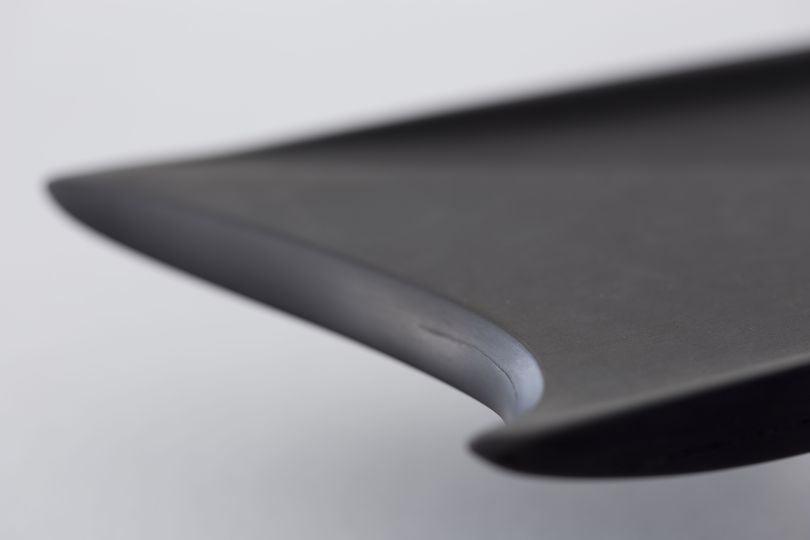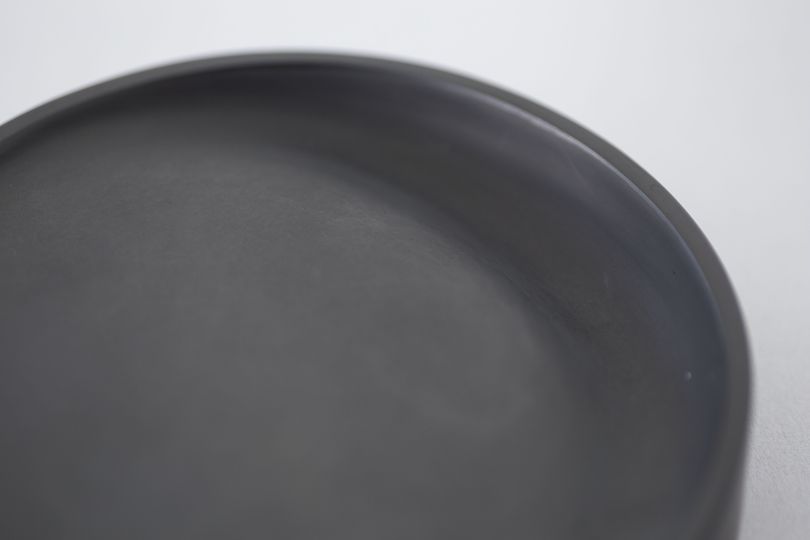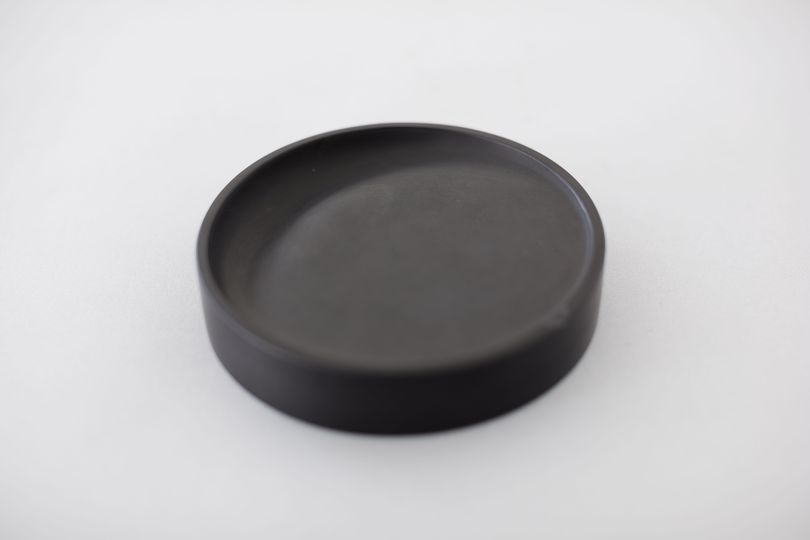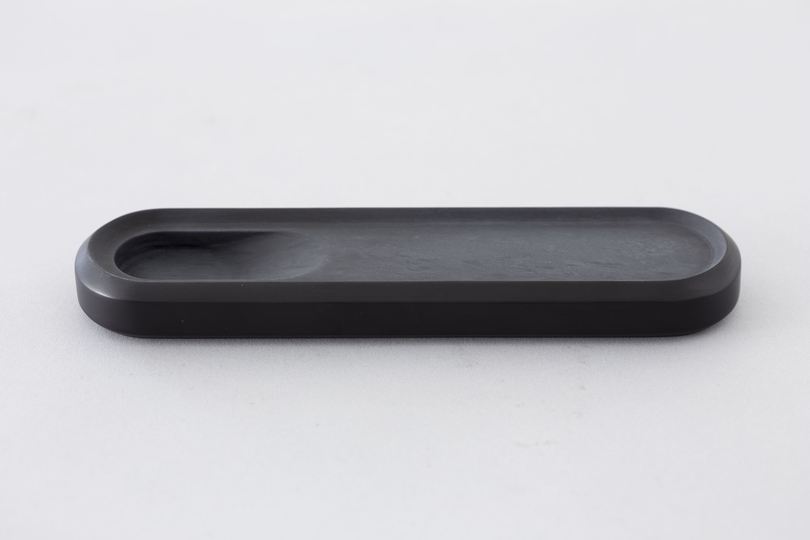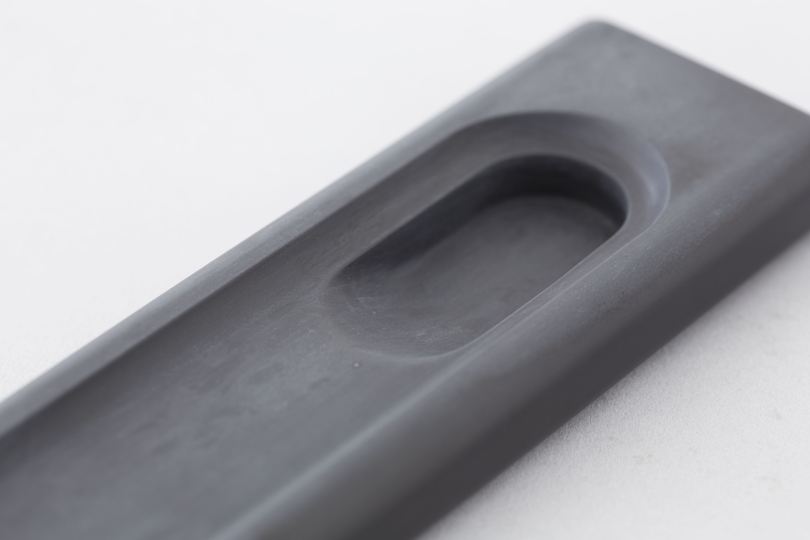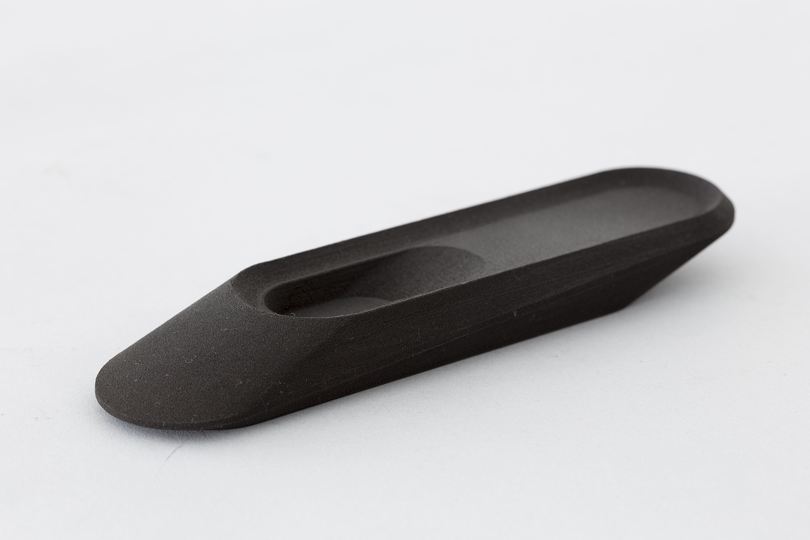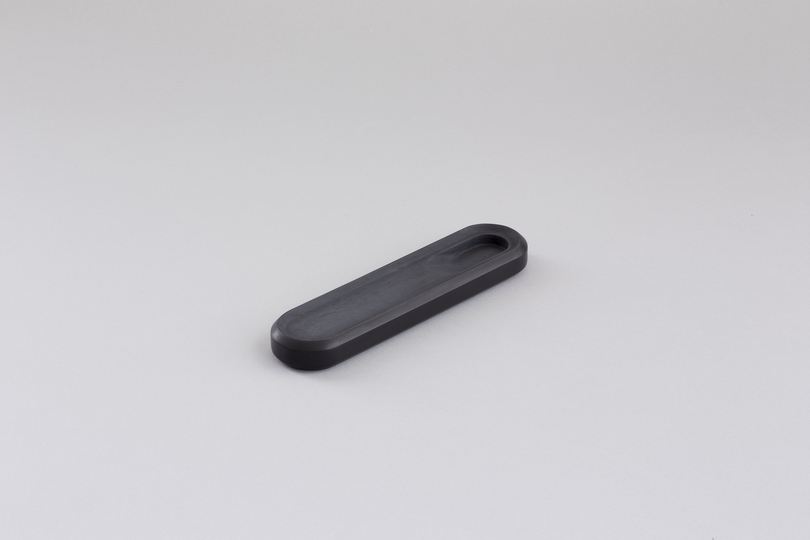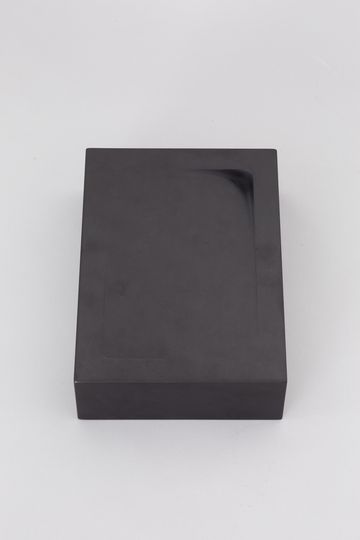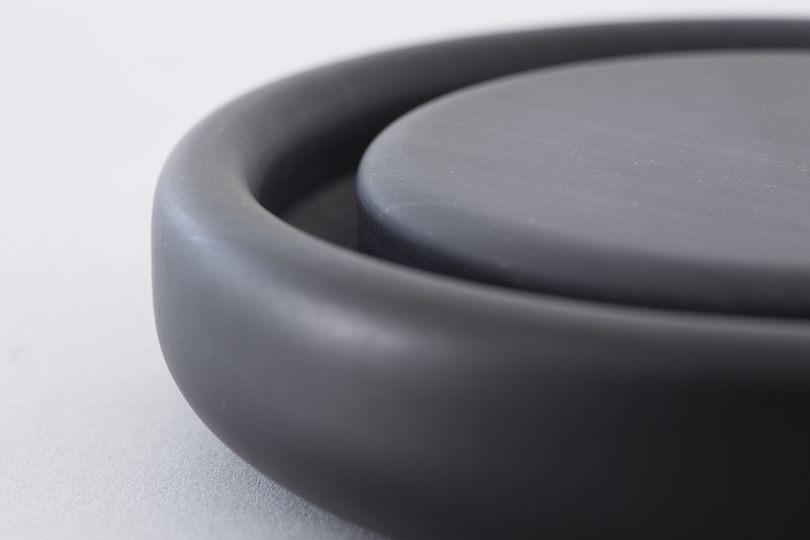The inkstone industry of Ogatsu, in Ishinomaki City, Miyagi Prefecture once accounted for 90% of the production of Japanese inkstones. With the reestablishment of Ogatsu inkstones, this project was started to search for the ideal in writing implements and for a new culture of calligraphy. The long history of the region began in the Muromachi Period, and with later protection under the Date clan, the Ogatsu inkstone industry saw the passing down of a high level of craftsmanship. While the industry prospered up until the latter half of the Showa Period (1926-1989) due to the use of the inkstones in schools, it subsequently began to decline, and was handed a devastating shock by the Great East Japan Earthquake. Today, only one craftsman is left in the area, and not only is the future dark for inkstone production, but also for the training of replacements. Looking at Japan as a whole, the traditional calligraphy style of grinding ink sticks on inkstones is disappearing, and it has become common to use liquid ink in schools. Thus the majority of people have never experienced grinding their own ink. Furthermore, with the spread of digital devices, only a simplified culture of letters remains as the writing of words by hand is declining. Traditionally, one would grind the ink stick, calm one’s heart, and then write the letters. This approach allows one to glean the true spirit of calligraphy. Seeking ways to establish a new culture of calligraphy, this project first carried out interviews of dozens of influential calligraphers and makers of writing implements to understand the current state of the culture of calligraphy and to bring the problems it faces to light, before actually creating new inkstones.
Designers include Mile, Jin Kuramoto, Teppei Nomoto, Tatsunori Nagura, Manabu Tago, Yota Kakuda and Kaname Okajima.
